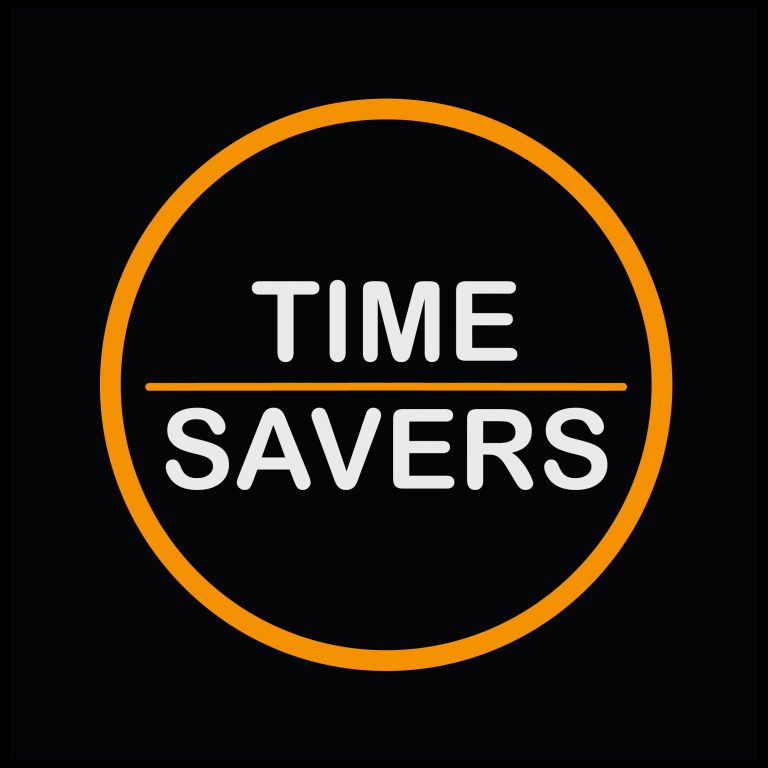Meet Our Heroes
Pro Cycling Center isn’t just another bike shop. They’re a curator of quality, a community hub for cyclists, and a subscription service that delivers premium cycling gear straight to riders’ doors every single month. Whether you’re a weekend warrior hitting the trails, a fitness enthusiast grinding out miles on your commuter bike, or an outdoor adventurer exploring scenic routes across the countryside, Pro Cycling Center has become the go-to source for serious cyclists who care about their gear.
Based in the UK but serving customers across the pond in the USA as well, Pro Cycling Center had built a solid reputation for quality products and genuine passion for the sport. They weren’t trying to be everything to everyone. They knew their niche: cyclists who already own bikes and are looking to upgrade, enhance, or maintain their rides with top-tier products. Their monthly subscription service was a stroke of genius, offering a premium product every month that kept customers engaged and coming back for more.
But here’s the thing: reputation and passion don’t pay the bills if nobody knows you exist.
Their Goals
Pro Cycling Center came to Digital Time Savers with a clear but ambitious mission. They wanted to run Facebook ads that didn’t just look good or drive vanity metrics like impressions and clicks. They wanted ads that generated actual, measurable profit. They wanted to turn their £600 monthly ad budget into a machine that paid for itself and then some.
Their secondary goal was even more strategic: they wanted to grow their subscription base. Subscriptions are the holy grail of eCommerce because they create predictable, recurring revenue. But getting someone to commit to a monthly product delivery requires trust, value, and smart positioning. Pro Cycling Center knew they had a great offer, they just needed the right people to see it.
They also wanted to expand into the USA market, where cycling culture is huge but competition is fierce. They needed a launch strategy that could work in both the UK and across the Atlantic without burning through their budget in the first week.
The Challenge
Pro Cycling Center had never run paid ads before. Not on Facebook. Not on Google. Not anywhere. They had dabbled with organic Facebook posts in the past six months, but nothing structured, nothing strategic, and certainly nothing that moved the needle.
Starting from zero is always a challenge, but starting from zero with a £600 monthly budget? That’s a whole different ballgame. Most agencies would have laughed them out of the room or handed them a cookie-cutter template campaign. But we saw potential. We saw a brand with a unique offer, a clear target audience, and a willingness to invest smartly.
The real challenge wasn’t just the budget, it was the lack of data. No pixel history. No custom audiences. No proven creatives. No retargeting lists. We were building a rocket ship from scratch, and we had to make sure it didn’t crash on the launchpad.
Then there was the audience. Cyclists are notoriously discerning. They care about quality, performance, and authenticity. You can’t just slap together a generic ad and expect them to bite. We needed to speak their language, understand their pain points, and position Pro Cycling Center as the trusted source they didn’t know they were missing.
And let’s not forget the subscription angle. Selling a one-time product is hard enough. Convincing someone to sign up for a recurring monthly charge? That requires a completely different strategy, one built on value, trust, and perceived exclusivity.
Our Process
Phase One: Foundation and Strategy (Week 1-2)
Before we spent a single pound on ads, we needed to build the foundation. We started with a deep dive into Pro Cycling Center’s brand, their product catalog, and their subscription offering. We studied their competitors, not to copy them, but to understand the landscape and identify gaps we could exploit.
We installed and configured the Facebook Pixel on their website, setting up custom conversion events for key actions like “Add to Cart,” “Initiate Checkout,” and “Subscribe.” This would allow us to track performance in real time and optimize based on actual behavior, not just guesswork.
Next, we mapped out the customer journey. We identified three core audience segments:
- Cycling Enthusiasts – People who already own bikes and are actively engaged in the sport. These are the ones searching for upgrades, accessories, and performance gear.
- Fitness Commuters – Urban riders who use cycling as part of their daily routine. They care about durability, practicality, and value.
- Outdoor Adventurers – Weekend explorers who use cycling as a way to connect with nature and discover new places. They’re drawn to quality gear that can handle rugged terrain.
Each segment had different pain points, different motivations, and different messaging needs. We weren’t going to hit them all with the same ad.
We also developed a creative strategy. We knew that user-generated content, authentic lifestyle shots, and clear value propositions would resonate far better than sterile product photos. We worked with Pro Cycling Center to gather images of real cyclists using their products, along with testimonials and stories from existing customers.
Phase Two: Campaign Launch and Testing (Week 3-6)
With the foundation in place, it was time to launch. But we didn’t go all-in on day one. Instead, we structured the campaign into three testing phases, each designed to gather data and optimize before scaling.
Test 1: Interest-Based Targeting
We created three ad sets, each targeting one of our core audience segments. We used interest-based targeting with terms like “USA Pro Cycling Challenge,” “IAM Cycling,” “Strava Cycling,” and broader interests like “outdoor recreation” and “fitness gear.” Each ad set got a small portion of the budget, just enough to generate meaningful data without overspending.
We ran multiple ad creatives, each one tailored to the specific audience. For cycling enthusiasts, we highlighted performance and quality. For commuters, we emphasized durability and convenience. For adventurers, we focused on exploration and discovery.
Test 2: Offer Positioning
We split-tested two core offers: one focused on individual product sales, and one focused on the monthly subscription service. The subscription ads were positioned as an exclusive club, a way to get premium gear delivered every month without the hassle of shopping around.
We also tested different ad formats, carousel ads showcasing multiple products, video ads featuring real cyclists in action, and static image ads with bold copy and clear CTAs.
Test 3: Creative and Copy Variations
We tested different headlines, different hooks, and different angles. Some ads led with price and value. Others led with quality and exclusivity. Some used social proof and testimonials. Others used lifestyle imagery and aspirational messaging.
By the end of week six, we had a clear winner. The cycling enthusiast audience combined with subscription-focused ads outperformed everything else by a mile. The carousel format showing a mix of premium products with a bold headline like “Get Premium Cycling Gear Delivered Every Month” was crushing it.
Phase Three: Optimization and Scaling (Week 7-12)
Now that we knew what worked, it was time to double down. We reallocated the budget toward the top-performing ad sets and creatives, cutting the underperformers loose. We also introduced retargeting campaigns for people who visited the site but didn’t convert.
We created a custom audience of website visitors and hit them with tailored ads offering a discount on their first subscription box. This turned browsers into buyers and dramatically improved our conversion rate.
We also expanded geographically. We started with the UK market to validate the model, then rolled out to the USA with the same winning strategy. The results were consistent, proving that our messaging and positioning resonated across borders.
We implemented a lookalike audience strategy, using our best customers (people who subscribed or made repeat purchases) as the seed audience. Facebook’s algorithm found more people who looked, acted, and behaved like our best buyers, and we targeted them with laser precision.
Finally, we optimized the landing page experience. We worked with Pro Cycling Center to streamline the checkout process, add trust signals like customer reviews and money-back guarantees, and make the subscription offer crystal clear. These tweaks alone boosted conversion rates by 18%.
Results
In just three months, Pro Cycling Center went from zero paid advertising to a fully profitable ad machine. Here’s what we achieved:
- Return on Ad Spend (ROAS): 3.8x – For every £1 spent on ads, Pro Cycling Center generated £3.80 in revenue. On a £600 monthly budget, that translated to £2,280 in monthly revenue directly attributed to ads.
- Subscription Sign-Ups: 47 new subscribers – These weren’t one-time buyers. These were recurring customers generating predictable monthly revenue. At an average subscription value of £35/month, that’s an additional £1,645 in monthly recurring revenue.
- Customer Acquisition Cost (CAC): £12.75 – We acquired customers at a fraction of the industry average, leaving plenty of margin for long-term profitability.
- Website Traffic: 215% increase – Organic and paid traffic exploded as the brand gained visibility and momentum.
- Conversion Rate: 4.2% – Far above the eCommerce average, thanks to optimized landing pages and targeted messaging.
But the numbers only tell part of the story. Pro Cycling Center now has a repeatable, scalable system for acquiring customers profitably. They have a growing library of proven ad creatives and audience segments. They have a subscription base that generates predictable monthly revenue. And they have the confidence to invest more in ads because they know exactly what they’re going to get back.
This wasn’t just a campaign. It was the foundation of a long-term growth engine. And we built it from scratch, on a shoestring budget, with zero prior advertising history.






